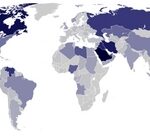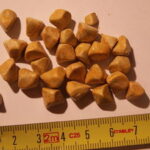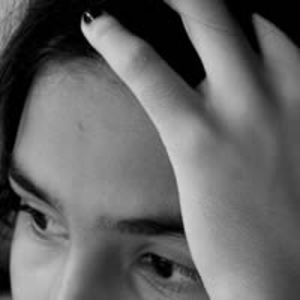Most people pay no attention to how well their digestive systems work until there is an unexplained pain or other symptoms. In the digestive system, the gall bladder has the primary function of storing the bile the liver produces. The gall bladder reserves the bile until it is needed by the small intestine. Bile is especially important when a meal contains fats which must be broken down. It also cleanses the liver of toxins. But bile is also responsible for the formation of gall stones, or cholelithiasis.
Gallstones are normally not troublesome until they lodge in the neck of the gall bladder or in one of the bile ducts. Most people who have gallstones do not know they have them until they manifest a symptom. My oldest daughter Leandra has had two episodes and was not diagnosed with gallstones until an ultrasound was ordered to determine the cause of her symptoms. What are the symptoms associated with gallstones?
Severe Abdominal Pain
One early morning in March, my daughter called me complaining of intense pain which woke her from sleep. She said the pain was around the region of her breastbone. She drank a glass of milk to try to ease it but the pain did not lessen. I took her to the emergency room.
Pain in the upper right quadrant of the abdomen or in the region Leandra experienced it is one of the first signs of a gall bladder attack from gallstones. The pain occurs suddenly and increases in intensity which is what my daughter reported her pain was like.
Pain in the Shoulder or Back
My daughter’s second gall bladder attack came in the early morning hours after a Thanksgiving Day spent feasting at her grandmother’s house. She complained of a pain in the upper right quadrant of her abdomen but this time it also radiated around to her back. Medical sources indicate that the pain from gallstones can sometimes be felt in the right shoulder or in the region between the shoulder blades.
Bloated Feeling
With both gallstone attacks, my daughter experienced a bloated feeling under her ribcage. Ehealthmed.com says that the bloated feeling comes within two hours after a fat-rich meal has been ingested. The gall bladder begins to contract in response to the fat in the food. Normally the contraction would result in bile being sent to the small intestine. If the bile duct is blocked, pain will result from the gall bladder’s contractions.
Chills
When I arrived at her apartment, Leandra was wrapped up in a polar fleece blanket but was still shivering.
Chills can indicate the presence of fever, and fever can be the body’s response to an infection. According to mayoclinic.com, a patient having a gall bladder attack with chills should be seen by a doctor. Chills can indicate a more serious gall bladder problem. My daughter did not have a fever when her temperature was taken in the emergency room.
Indigestion
With the second gall bladder attack, my daughter complained of not feeling very well within two hours of the Thanksgiving meal. She thought she was suffering from some stomach problems from eating too much.
Nausea or Vomiting
Leandra did not have nausea or vomiting with the first incident but did with the second gall bladder attack. Vomiting did not seem to make her feel better.
Belching and Flatulence
With a part of the digestive system not functioning correctly, gassiness is likely.
Jaundice
Jaundice is when the skin or whites of the eyes become tinged with a yellow cast. This can happen when the bile ducts are blocked with a gallstone, causing bilirubin and bile to go to the liver instead of the intestines. The yellowing indicates the presence of bilirubin in the bloodstream. My daughter did not have this symptom.
So many of the symptoms of gallstones mimic other serious health conditions. I remember wondering if my daughter was having a heart attack with the first incident. Even though she and I knew she was having gall bladder problems after that, when she had the second attack, I was concerned about appendicitis because of the chills and vomiting. The National Digestive Diseases Clearinghouse recommends immediate intervention when the patient is vomiting, has chills or a low grade fever, is jaundiced, or feels pain for more than five hours.
In the end, I know I did the right thing both times by insisting Leandra go to the emergency room.
Sources:
http://www.gallbladderattack.com/gallstones.shtml Gallstones or Cholelithiasis
http://www.mayoclinic.com/health/gallstones/DS00165/DSECTION=symptoms Mayo Clinic: Gallstones
http://www.medicinenet.com/jaundice/article.htm#tocb Jaundice
http://www.ehealthmd.com/library/gallstones/gs_symptoms.html Gallstone Symptoms
http://digestive.niddk.nih.gov/ddiseases/pubs/gallstones/ National Digestive Diseases Clearinghouse: Gallstones




